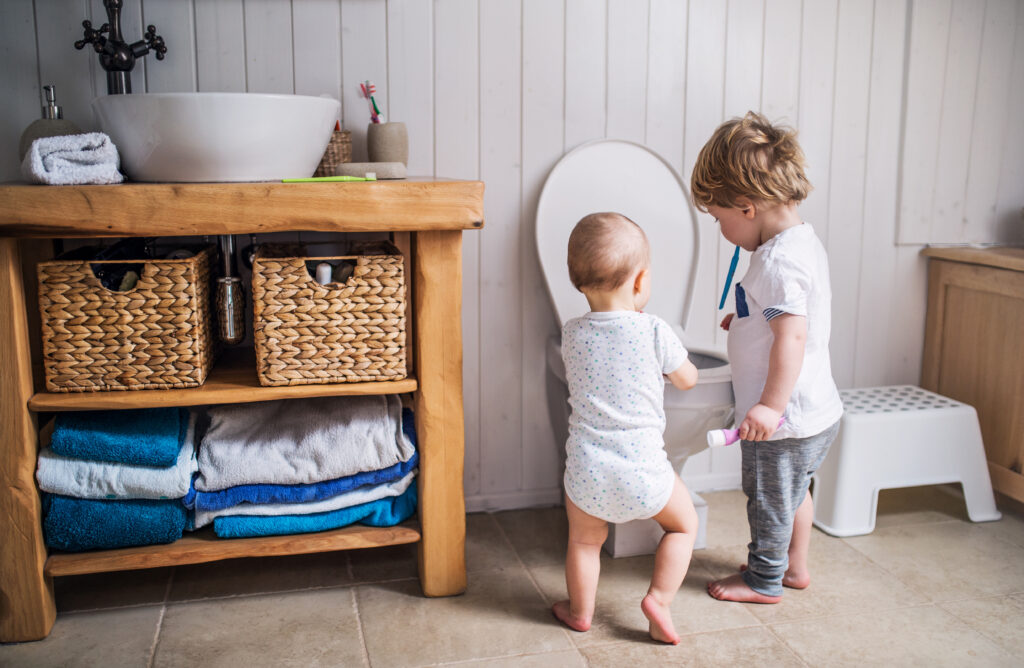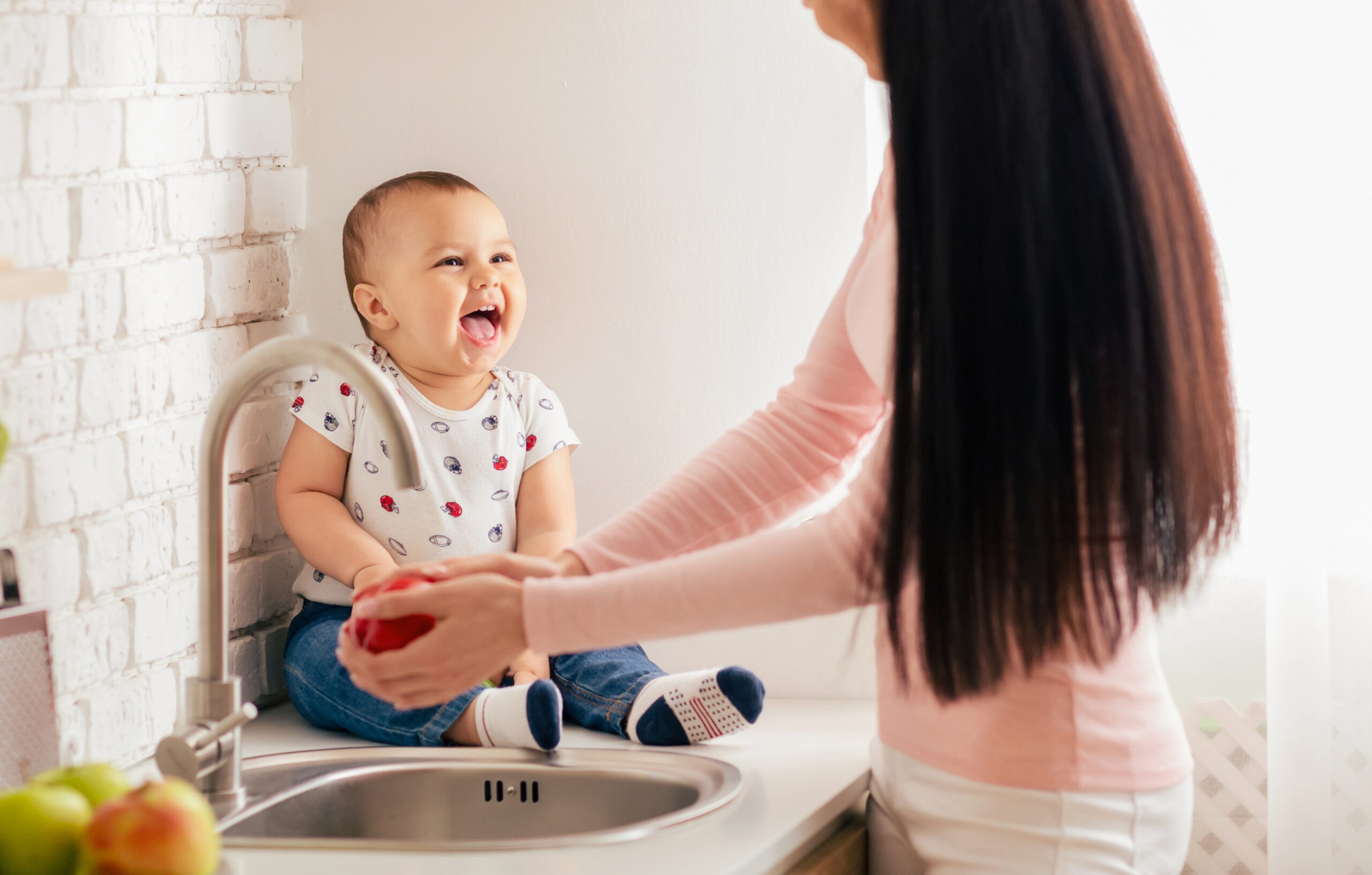Supporting toilet training in childhood
Achieving toileting independence is a significant developmental step for children. Some children may start showing they are ready around 18 months old. The process of learning to use the toilet can be both exciting and challenging for children and families. Waiting for signs of readiness often makes toilet training a more positive experience.
It is important to consider physiological changes that may impact on bladder and bowel control and ensure these are addressed to assist with toilet training. Development of toileting training skills requires development of a mature nervous system as well as a healthy bladder and bowel.
Factors to consider when supporting toilet training
- Sensory processing
- Cognitive skills
- Communication
- Motor skills and muscle control
- Environmental considerations
- Importance of routine
- Readiness for toileting
Occupational therapists play a part in supporting children’s toileting and building their independence skills within the toileting routine. Signs of bladder difficulties are most common in children aged between 5-6 years of age. This can look like withholding or refusing to go to the toilet, pain, straining and a small amount of urine. It is important to take a holistic approach to support the child in managing incontinence. This can include liaison with a GP or specialist, dietician, continence specialist or nurse or speech pathologist.

Key consideration before starting
It is important to ensure the approach is consistent, meaningful and systematic to support toilet training.
Thing to take into considerations:
- General health of the child
- Adequate fibre intake
- Consider the physiological readiness of the child.
- Developmental readiness e.g. child can follow simple instruction, maintains sitting position, helps with pulling down/up clothing
- Consider the child’s sensory processing needs, motor skills, communication skills, cognitive skills.
- Determine the child’s developmental level and independence skills.
- Consider the family readiness for toileting.
Understanding the Child’s Learning Style
Each child learns differently—support their unique needs by considering:
- The child’s special interests.
- Use developmentally appropriate language and resources.
- Choose a quiet, distraction-free location.
- Be creative. Keep it fun.
- Use variation in your approach to maintain interest.
- Focus on the child’s self-confidence and comfort.
Signs your child may be ready
Watch for these signs that your child might be ready to start toilet training:
- Child is interested in watching others go to the toilet.
- Has dry nappies for 2 or more hours.
- Will indicate when the child has done a bladder or bowel movement in their nappy.
- Is able to pull their pants up and down.
- Can sit for a short period of time.
- Starts to dislike wearing a nappy.
- Is able to follow simple instructions.
- Recognises the difference between wet and dry.
It is important to maintain a positive approach. There is a wide range of programs and resources available to support children with being ready for toileting. Creating consistency helps children learn what to expect and feel safe.
References
https://raisingchildren.net.au/preschoolers/health-daily-care/toileting/toilet-training-guide
https://www.continence.org.au/resource/one-step-time-expert-toilet-training-guide?v=13501
https://www.consultant360.com/articles/toilet-training-strategies-success-children-developmental-disabilities
About the author
Lisa is the Clinical Excellence Lead for KEO Care’s paediatric division. She has experience working in a range of paediatric environments, including schools, clinics, and most recently the community. Lisa has a wealth of experience working with kids and teenagers on the autism spectrum, and she has stayed passionate about and interested in this field.
